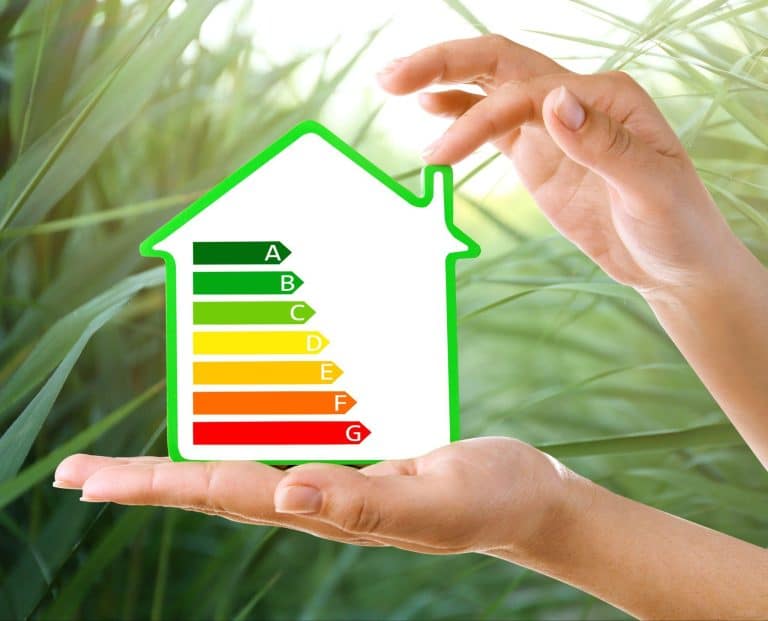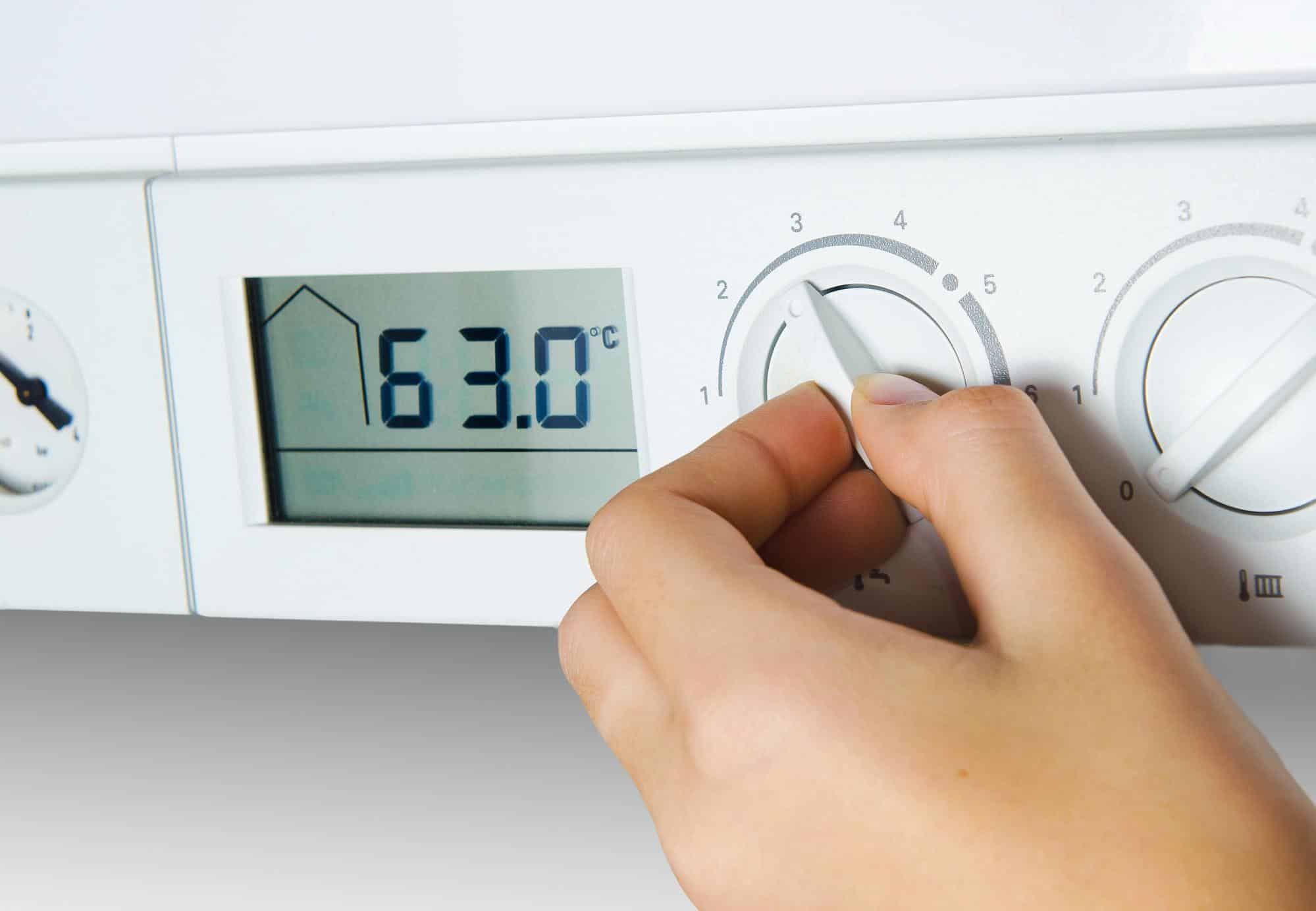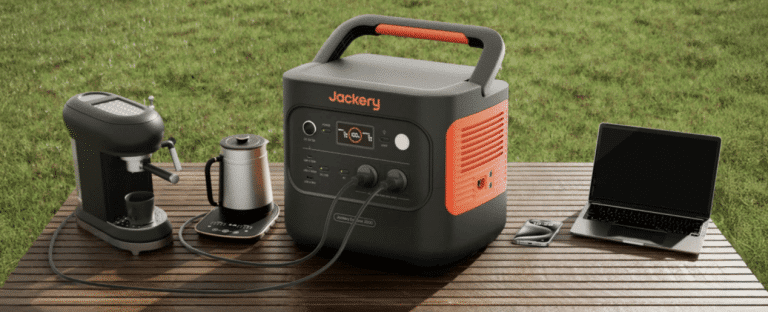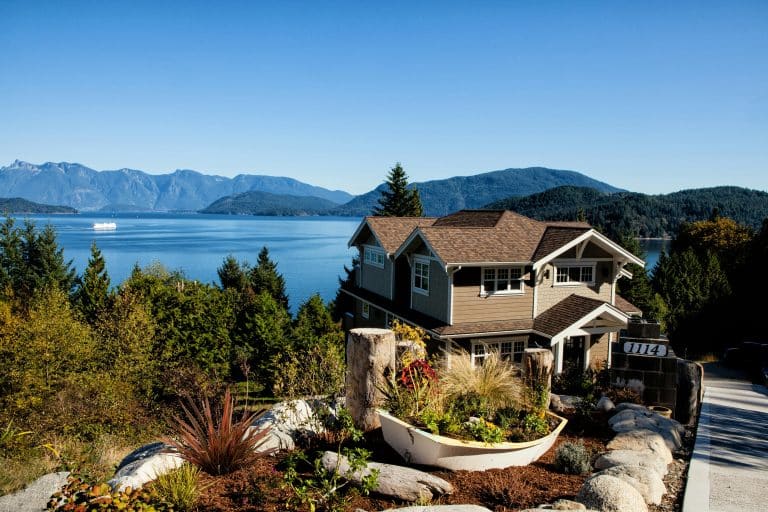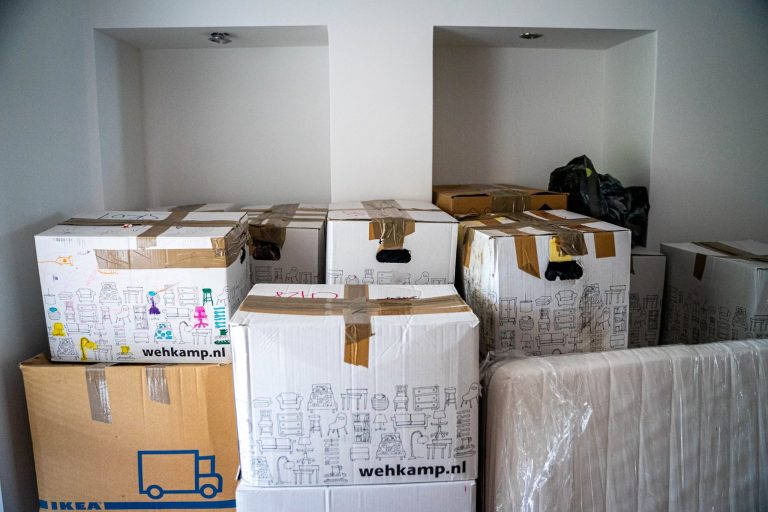Navigating the ever-changing landscapes of energy efficiency has significantly gained relevance in contemporary times. With a surge in global environmental apprehensions, the importance of understanding and implementing energy-saving strategies is essential. Of varied importance is the recognition that energy consumption fluctuates seasonally, therefore, an adaptive, agile response is crucial.
This comprehensive guide strives to clarify energy efficiency and highlight the significance of seasonal energy saving, especially for the residents of Adelaide, Australia’s cosmopolitan coastal capital.
Experiencing diverse seasonal transitions, Adelaide’s energy usage patterns become a pertinent focal point for the nation. Through a detailed exploration of strategic methods and resourceful practices, this guide aims to assist in managing these seasonal shifts effectively and efficiently, ultimately maximising energy savings.
A Closer Look at Energy Usage Across Changing Seasons
The need for energy is an intriguing concept, given it doesn’t follow a linear demand graph but ebbs and flows in a fluctuating pattern, corresponding with seasonal changes. As the hot summer sun gives way to crisp autumn winds, transitioning into biting winter chills, leading into a sprightly spring, our demand for energy resources reciprocates.
Temperature modifications from altering seasons significantly influence the serviceability of energy. Extreme temperatures, harsh winters and sweltering summers dictate an augmented reliance on artificial heating and cooling units. The increased demand invariably leads to escalated energy usage, impacting our monthly energy bills and the environment at large.
Given the amplified effects of climate change, such as extreme weather conditions, these issues related to peak energy usage have further intensified, compelling us to delve into an understanding of smarter, more efficient energy usage across shifting seasons.
Winter Energy Consumption & Efficiency Techniques
In Adelaide, the winter months, complete with their icy air and lower mercury levels, frequently mark a surge in our tends to mark a surge in energy usage. This increase is predominantly drawn out by the wide use of heating equipment to maintain comfortable indoor climates. However, employing an array of effective techniques can help minimise this surge, monumentally boosting energy efficiency.
The incorporation of quality home insulation is one of the most effective strategies to enhance winter energy efficiency. Homes lacking in appropriate insulation can experience the rapid escape of indoor heat, forcing heating systems to overcompensate by consuming more energy. Adequate insulation can effectively trap heat inside homes, reducing the need for artificial heating and assisting in economical energy usage in Adelaide.
Adjusting thermostats intelligently, especially during times when the house is devoid of inhabitants or during sleep hours can result in significant energy savings. Alongside this, regular maintenance checks for heating systems can ensure optimal efficiency imbibed in their regular operation, aiding in the retention of comfortable indoor temperatures without burdening your power bills excessively.
Tropical Summer & Optimisation of Energy Use
Characteristic of the Australian continent, the summer months regularly bring along soaring temperatures. The resulting increased usage of cooling appliances like air conditioners often mirror a corresponding enlargement in the footprint of our energy bills. Fortunately, numerous techniques can be deployed to manage energy use effectively without compromising on comfortable indoor temperatures.
Rationalising the use of air conditioning involves minor compromises, like adjusting the temperature by a few degrees to cool less, can cumulate sizeable energy savings. Regular upkeep of the cooling units is also paramount to ensure they work at their best efficiency. When air conditioners function at their optimal efficiency, the energy required to cool homes reduces, thus decreasing the overall energy consumption.
Manipulating window coverings, blinds, and drapes can substantially impact the energy used for cooling. During peak day hours, when the sun blazes in full fervour, keeping window coverings down can prevent superfluous heat seepage into the home. The interior, consequently, remains naturally cooler, reducing dependence on air conditioners. Moreover, running fans can circulate air efficiently, reducing the need for constant air conditioning while preserving a pleasant indoor ambience.
Spring and Autumn: The Milder Seasons for Energy Efficiency

Taking advantage of elongated daylight hours in spring and autumn by exploiting natural light instead of artificial lighting during the day can result in noticeable energy savings. Additionally, embracing the natural environment by keeping windows open for fresh air exchange can create a comfortable indoor environment without the requirement for artificial cooling or heating.
Exploring Renewable Energy Sources: The Path Forward
When discussing energy conservation, one cannot simply ignore the topic of renewable energy sources. Adelaide boasts plenty of sunshine, making it prime territory for harnessing the power of the sun. Solar panels capture sunlight and convert it into electricity, significantly reducing reliance on the grid, especially during Adelaide’s long sunny days. Wind power is another option, with turbines transforming wind energy into electricity. Hydropower utilizes the energy of moving water, like rivers, to generate electricity.
Integrating these renewables into your Adelaide home can be a reality. Solar panels are a popular choice, and government rebates can ease the initial cost. Consult with a solar installer to determine your home’s solar potential and choose a system size that meets your energy needs. Wind turbines are typically larger-scale solutions, but small wind turbines for homes are emerging. Hydropower generation is generally on a utility level, but rainwater harvesting systems can capture rainwater for non-potable uses, reducing your reliance on the municipal water supply and indirectly lowering your energy footprint.
By looking to the sun, wind, and water, Adelaide residents can embrace a more sustainable future and enjoy the cost-saving benefits of renewable energy sources. Success stories abound – research local initiatives and case studies to see how others in Adelaide have implemented renewable energy solutions in their homes.
Conclusion
Energy conservation and efficiency aren’t just positive habits. In today’s world, they are a fundamental aspect of responsible living. The strategic techniques and conscientious practices detailed in this guide are a first step towards maximising efficiency throughout Adelaide’s diverse seasons for potentially thousands of Australian households.
Remember, energy conservation is a learning journey. The more we understand the dynamics of power use and adapt accordingly, replacing conventional ways with sustainable habits, the more we contribute to a greener tomorrow, stimulating effective adaptations in our ever-changing climate conditions.
It takes initiating today to make a significant change. Become part of the solution, make the transition, and witness a tangible difference in your energy consumption axes.

